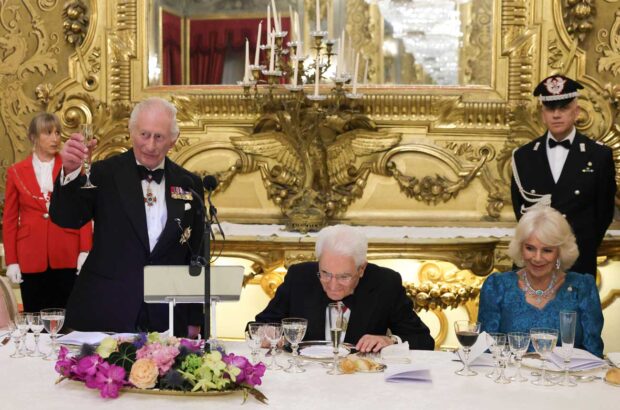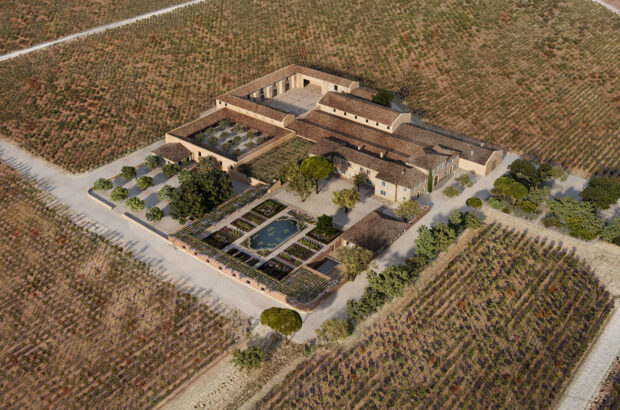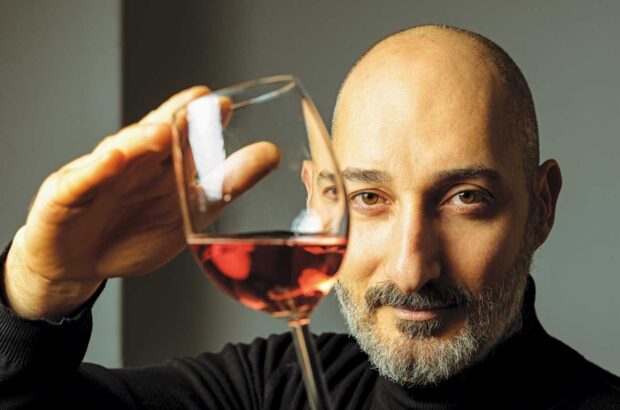Borgo San Felice, the Tuscan hamlet between Siena and Florence, has a romantic setting with dreamy views over the vine-clad valley. It’s not just the panorama, however, that makes it so special: it’s the wine, made on site from the extensive vineyards that surround the property, and the focus on sustainability that shapes the philosophy behind it.
Vigorello, The original SuperTuscan
San Felice has always been a pioneer in the Tuscan wine scene. When the first vintage of Vigorello was crafted in 1968, at the start of the modern era for fine Italian wines, it became the very first SuperTuscan to be produced in the Chianti Classico area.
Vigorello was so far ahead of its time that, being made from 100% Sangiovese grapes, this wine from the Chianti Classico region fell outside the appellation’s classification which then required Chianti Classico to include a minimum 10% of white grapes.
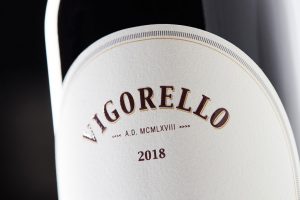
What followed was the beginning of a process of experimentation with grape varieties that led to the style of wines Tuscany is internationally recognised for today. Vigorello went through various blending iterations. In 1979, Cabernet Sauvignon was added to Sangiovese – another important aspect of the Supertuscan theme, with the addition of international varieties to their local counterparts. Merlot became part of the blend in 2001, only to replace Sangiovese entirely in 2006.
The 2011 vintage was a turning point, marking the return of native varieties and its potential to contribute to Vigorello’s identity. The little-known Pugnitello was introduced to make a unique wine with a Tuscan foundation, blended with Merlot, Cabernet Sauvignon and a small percentage of Petit Verdot.
Today’s Vigorello keeps the same basic blend and matures an average 20 months in French oak barriques, after which it is bottled and allowed to rest for 8-10 months before release. The resulting wine has a ruby red colour with slight hints of garnet and aromas of preserved blueberry topped by spicy, earthy notes. Warm, complex, and robust on the palate, with firm tannins and a touch of vanilla. A great companion to grilled and roasted meats and mature cheeses.
The Vitiarium
The use of Pugnitello in one of San Felice’s flagship wines was no accident. In 1986, only a few years after Vigorello was created, the company’s winemakers began a research project in collaboration with university bodies to rediscover and cultivate local grape varieties in a dedicated experimental vineyard area called the Vitiarium. The rediscovery of Pugnitello was one of the first major outcomes of the project.
Different clones of Tuscany’s flagship grape variety, Sangiovese, were also examined to assess their potential and individual character. For Poggio Rosso, a Chianti Classico Riserva which was first produced in 1978, the fruit hailed from homegrown Sangiovese and Colorino vines, following the selection and propagation of genetic material found on the estate.
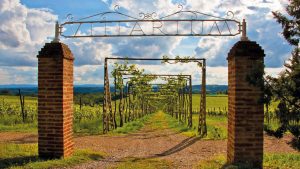
San Felice is a Medieval Tuscan hamlet located in the hills of Chianti Classico, near Siena, surrounded by the beautiful landscape of the Creti Senesi. The estate, owned by the Grisaldi del Taja family from 1700- 1968, extends across a total of 685 hectares, 188 of which under vine in Tuscany’s most prestigious production zones: Chianti Classico, Montalcino, and Bolgheri. The winery is an example of the convergence of winemaking, scientific research, and tourism activities, with 15,000 olive trees, experimental vineyards, the Vitiarium, and the Hotel Borgo San Felice, the only Relais & Chateaux property in Chianti Classico since 1992.
Sustainability
San Felice is certified as a “Sustainable Organisation” according to standards set by Equalitas, a company that promotes and assesses sustainability within the agri-food supply chain, based on three fundamental pillars: environmental, social and economic. Measures taken by San Felice to embrace sustainability include:
- Terracing, and constant analysis of the flora and microfauna in the vineyards to preserve the soil and control erosion.
- “Precision viticulture” providing treatments tailored for each plant, leading to a lower environmental impact and a higher quality of the product.
- Georeferencing to identify localised growth differences and decide ad hoc treatments exclusively based on actual need.
- Climatic forecasting to make sure vineyard treatments are made only when necessary,
- Attention to biodiversity through the cultivation of hundreds of grape varieties in the Vitiarium, thereby conserving genetic diversity and heritage.
- Construction of a water purification plant for the cellars and hospitality premises.
- Investment in solar energy systems to make San Felice 100% energy self-sufficient, thus saving 285,000 kg of CO2 emissions and the burning of 142,500 kg of oil in a year,
- Social responsibility and education initiatives such as L’Orto Felice (The Happy Garden), organised by the owning Allianz Group’s UMANA MENTE Foundation. The project aims to improve the quality of life for children with disabilities through horticultural activities in the field, and to preserve historical knowledge linked to the traditions of the area by working with the elderly.
Discover more about San Felice
Connect on: Facebook | Instagram




